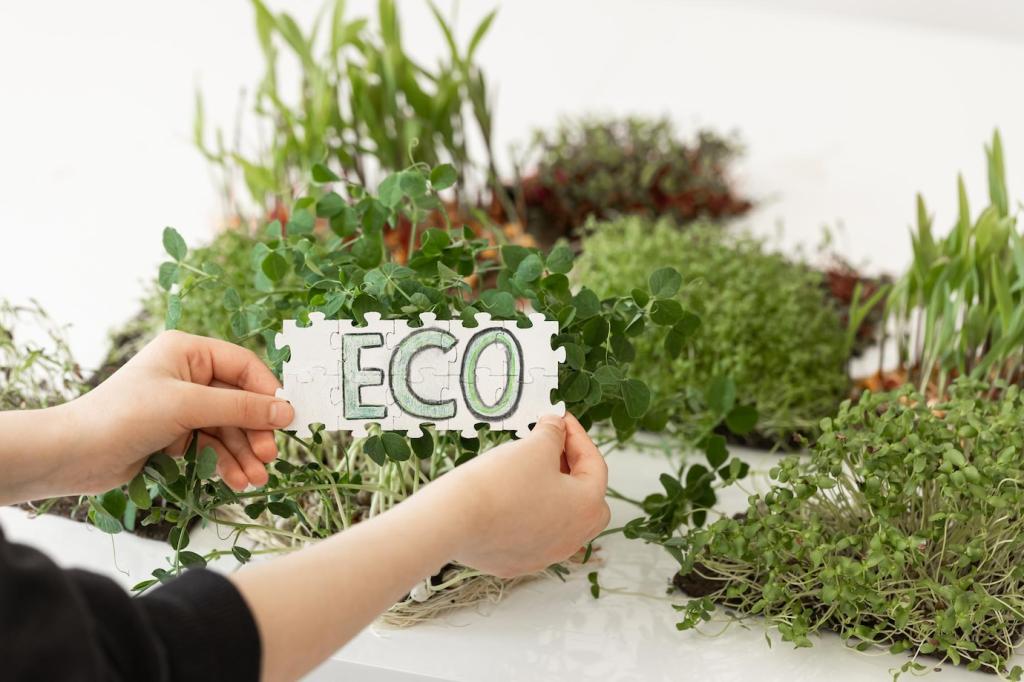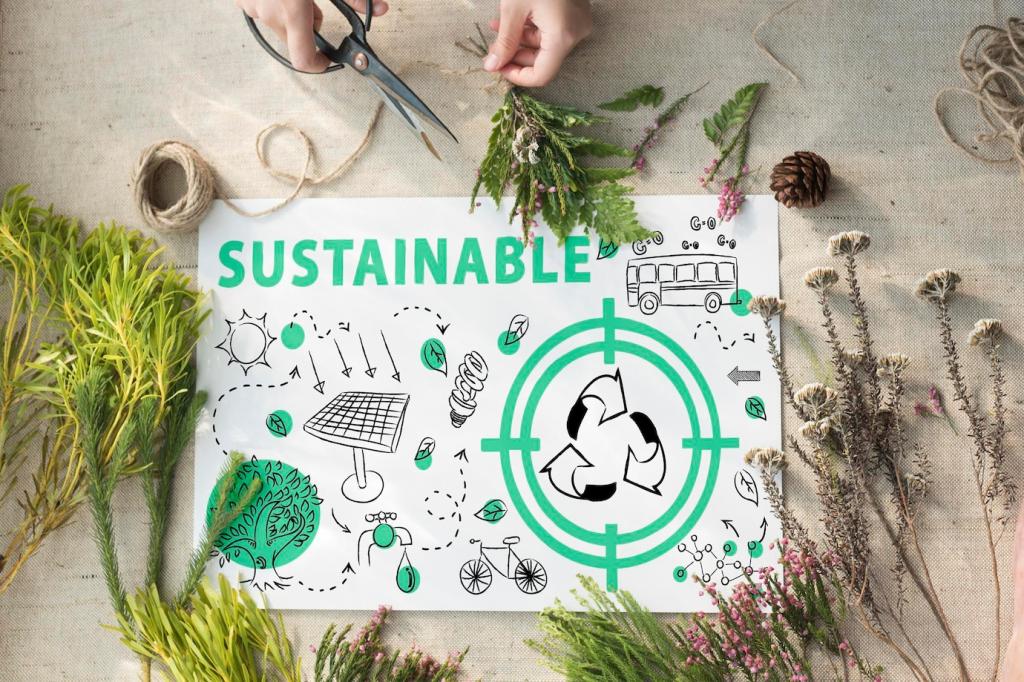Crafting Stories for Green Architecture
Theme selected: Crafting Stories for Green Architecture. Welcome to a space where buildings breathe, materials speak, and people become co-authors of sustainable places. Stay with us, subscribe for fresh insights, and help shape the next chapter of regenerative design.
Why Stories Matter in Sustainable Design
Energy models, daylight factors, and embodied carbon are essential, yet they rarely move hearts. Framing them as a story—challenge, choice, consequence—helps teams remember, act, and advocate when complexity rises and compromises threaten the project’s green ambitions.

The Hero’s Journey of a Retrofit
Put the existing building at center stage. Call to adventure: rising utility bills and indoor discomfort. Trials: drafty windows, outdated systems. Allies: heat pumps, insulation, and biophilic finishes. Return transformed: lower emissions, healthier air, and occupants who proudly champion change.
Place Memory in Materials
Let site history guide material choice. Reclaimed brick tells of earlier industries; local timber carries forest stewardship; lime plaster breathes with old walls. When materials honor memory, communities defend them, reducing replacements and the hidden carbon that comes with churn.
A Building’s Lifecycle Arc
Narrate the whole lifespan: extraction, fabrication, transportation, assembly, use, repair, disassembly, and rebirth. When teams visualize each chapter, design-for-disassembly becomes obvious, material passports feel necessary, and circularity shifts from buzzword to practical, budget-protecting strategy.

Materials that Speak: Giving Voice to Low-Carbon Choices
Cross-Laminated Timber with a Backstory
CLT narrates carbon storage, warmth, and speed of assembly. Pair panels with forest management stories and tactile finishes visitors can touch. Post the story near a column, inviting people to count growth rings and subscribe for a deeper material origin tour.
Rammed Earth as Local Chronicle
Layered soils show place like a topographic diary. Each stratum marks a neighborhood tale—creek, clay, and craftspeople. Stabilized mixes, rain protection, and careful detailing ensure longevity, while the visible texture invites hands, photos, and pride that sustains maintenance practices.
Recycled Steel and Honest Patina
Recycled steel beams reveal industrial lineage and resilience. Keep marks and mill stamps visible, then explain the embodied carbon saved. Visitors appreciate authenticity, making repair preferable to replacement. Share a before-and-after beam story to inspire future adaptive reuse decisions.
Designing for People: Behavioral Nudges Through Story
Wayfinding that Whispers Habits
Make stairs the scenic route. Place daylighted landings with art from local youth, telling a shared climate future. Add subtle footprints and short stories along risers. People choose the path that promises meaning, turning cardio into community-supported carbon reduction.


Post-Occupancy Diaries
Invite occupants to keep short diaries about comfort, acoustics, and light. Combine their words with sensor data, revealing patterns numbers alone miss. Publish seasonal summaries and ask readers to comment with questions that steer the next round of improvements.

Dashboards with Human Faces
Replace abstract gauges with stories: a photo of the maintenance team, a quote from a teacher, a student drawing of rain barrels. When dashboards humanize conservation, everyone sees themselves as protagonists, not passive spectators of building performance.

Closing Feedback Loops
End every story with a sequel. Share what changed because someone spoke up—tuned ventilation rates, resequenced irrigation, adjusted shading. Transparency turns critique into collaboration. Subscribe for quarterly case studies that detail the exact tweaks and the measured outcomes.
Communicating with Stakeholders Through Compelling Narratives
Frame green choices as risk management and market differentiation. Tell a leasing story: better daylight equals longer tenant retention, fewer complaints, and stronger headlines. Provide timelines showing faster approvals when sustainability goals are clear, consistent, and publicly celebrated.
Communicating with Stakeholders Through Compelling Narratives
Connect project narratives to policy outcomes—stormwater targets, electrification goals, and equitable access to shade. Offer site walks where officials meet residents and hear benefits in plain language. Stories create political cover to approve bold steps and fund resilient infrastructure.


